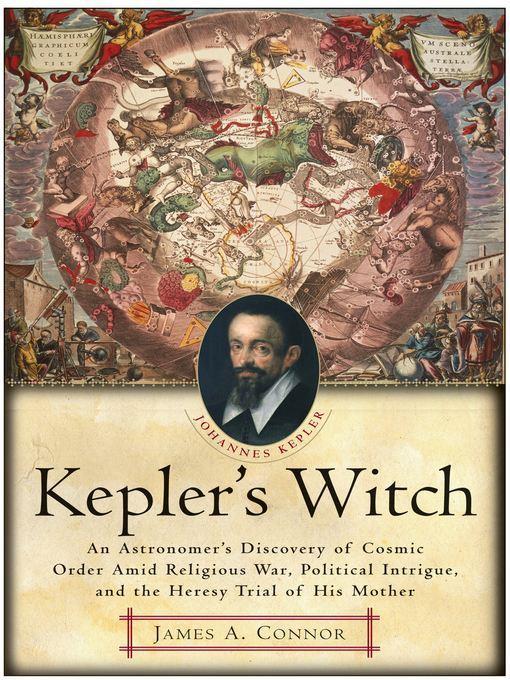
Kepler's Witch
An Astronomer's Discovery of Cosmic Order Amid Religious War, Political Intrigue, and the Heresy Trial of His Mother
کتاب های مرتبط
- اطلاعات
- نقد و بررسی
- دیدگاه کاربران
نقد و بررسی

April 12, 2004
Johannes Kepler (1571–1630) was a towering figure in early modern science, a contemporary of Tycho Brahe and Galileo who discovered the fundamental laws governing the motion of the planets. Connor goes further, offering a remarkably human portrait of Kepler, grounded in the day-to-day life of a mathematician and astronomer simply trying to make a living and navigate the turbulent politics of Counter-Reformation Europe while staying true to his own ideals. This is not the Kepler one might know from textbooks—Connor's Kepler is a man driven by his deep Lutheran faith, yet ultimately excommunicated for his desire to reach out to Catholics and Calvinists; a man who seems less concerned with greatness than truth and a little bit of peace and happiness. As Connor writes in his preface, the book is as much a piece of literary nonfiction about the "kitchen details" of life in the early 17th century as it is a biography of a great astronomer. As the engaging narrative ranges from life amid religious unrest in Prague to the "trumped-up" witchcraft charges against Kepler's mother, one finds oneself lost in a world haunted by shadows and fears, yet which holds the promise of a new era of reason and enlightenment. This portrait poses a striking contrast to that in Heavenly Intrigue
(Forecasts, March 13), which dubiously purports that Kepler was a virtual psychopath who killed Brahe to obtain his secret data. Maps. Agent, Giles Anderson.

























دیدگاه کاربران